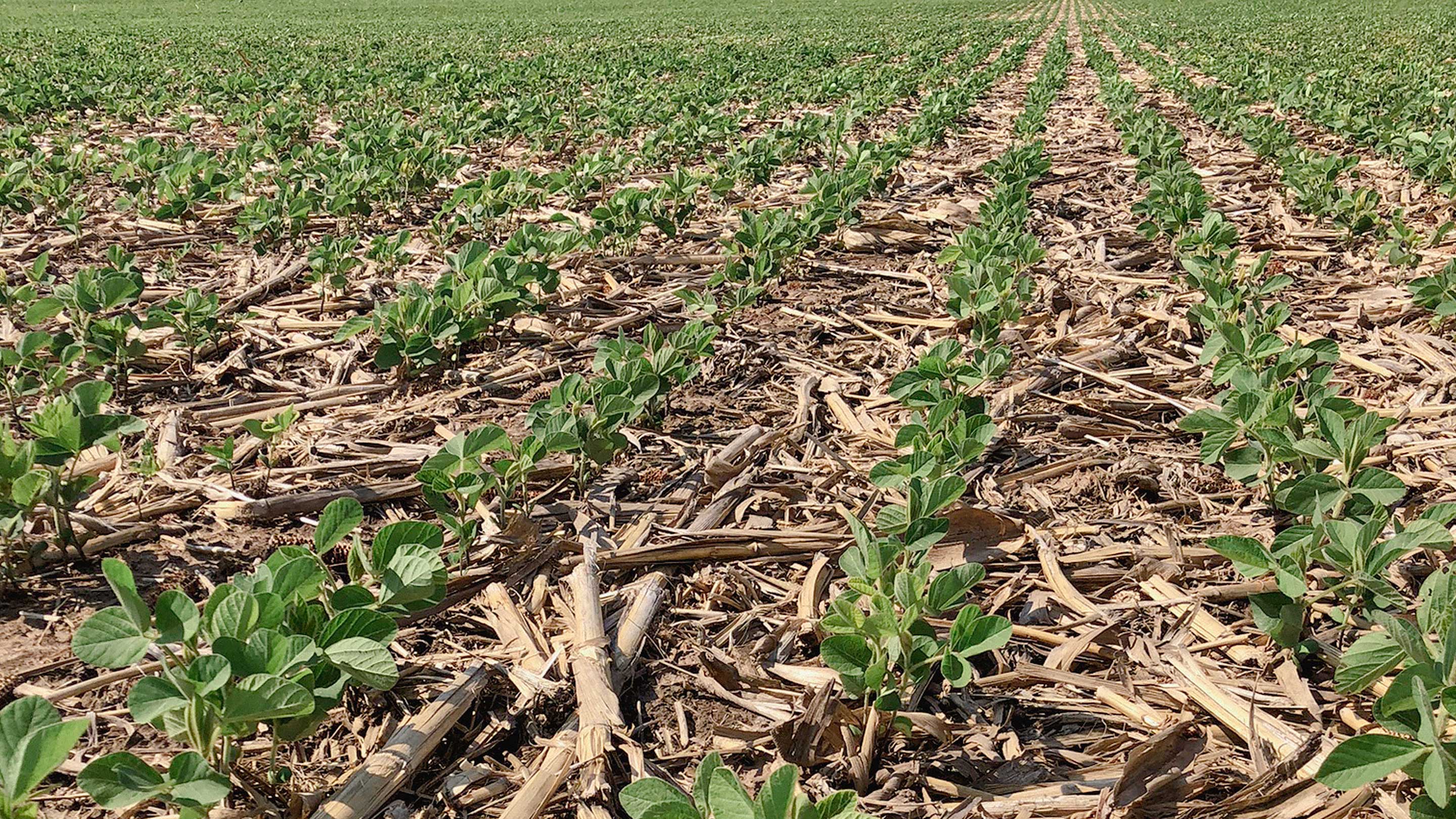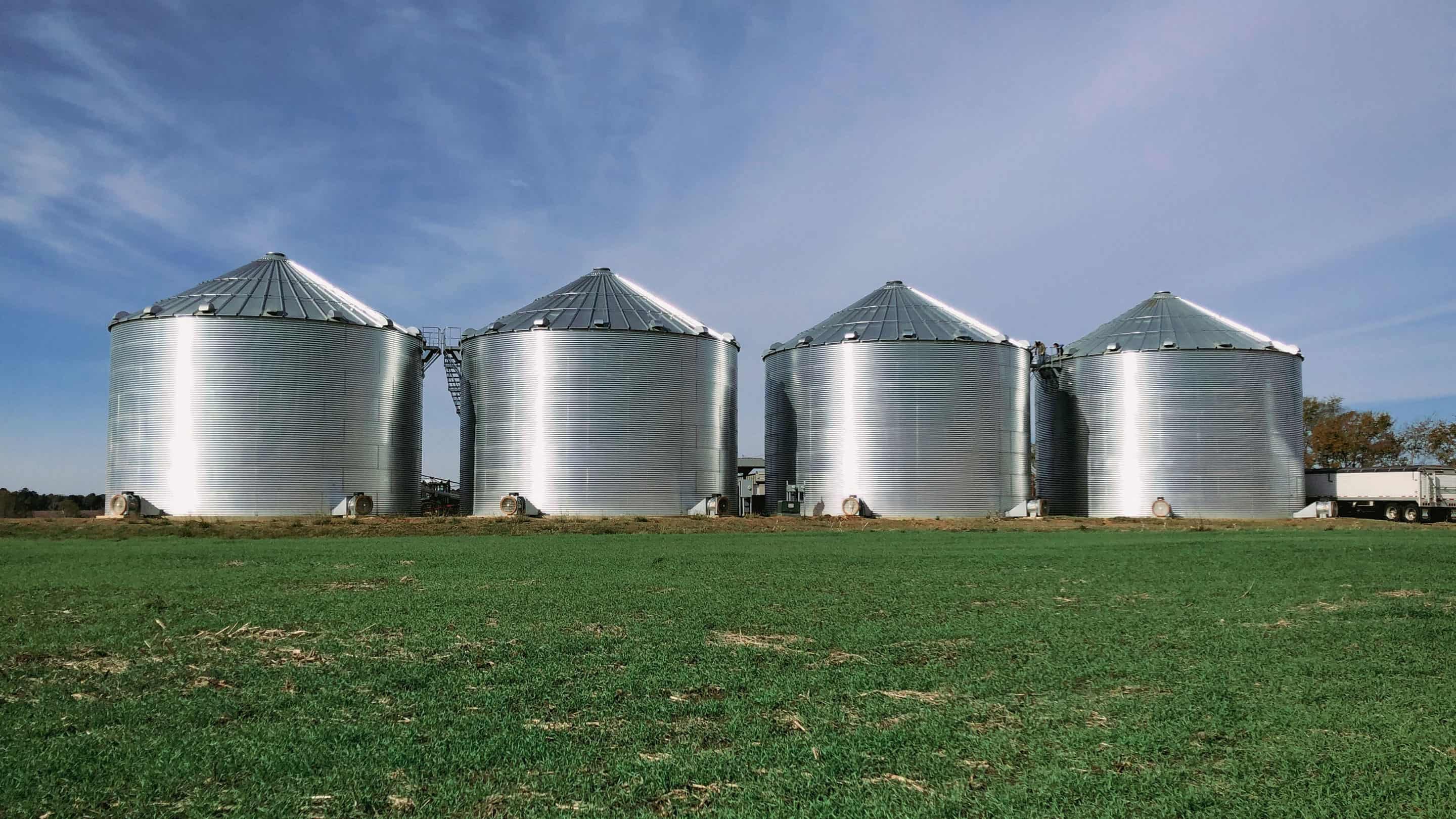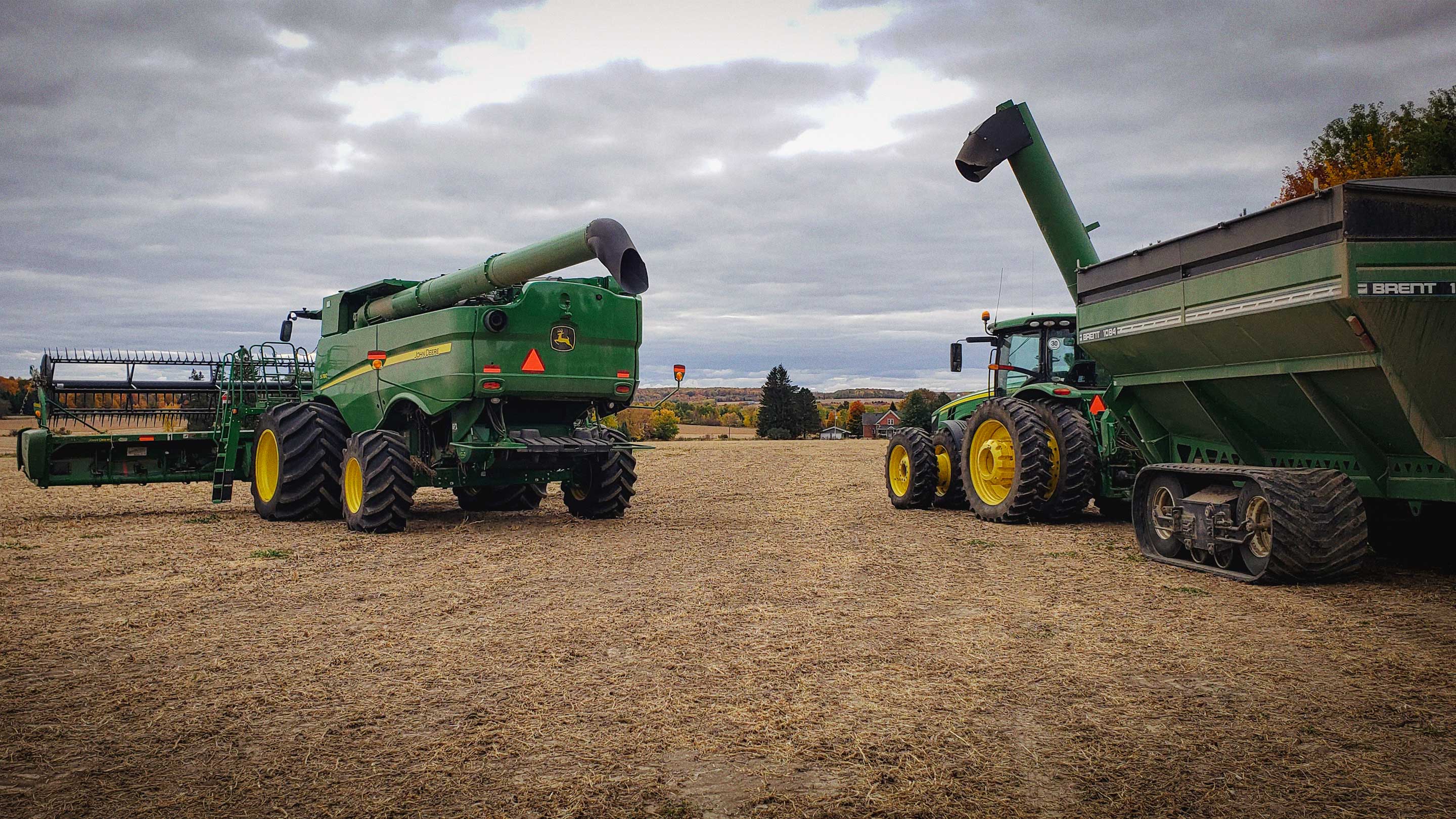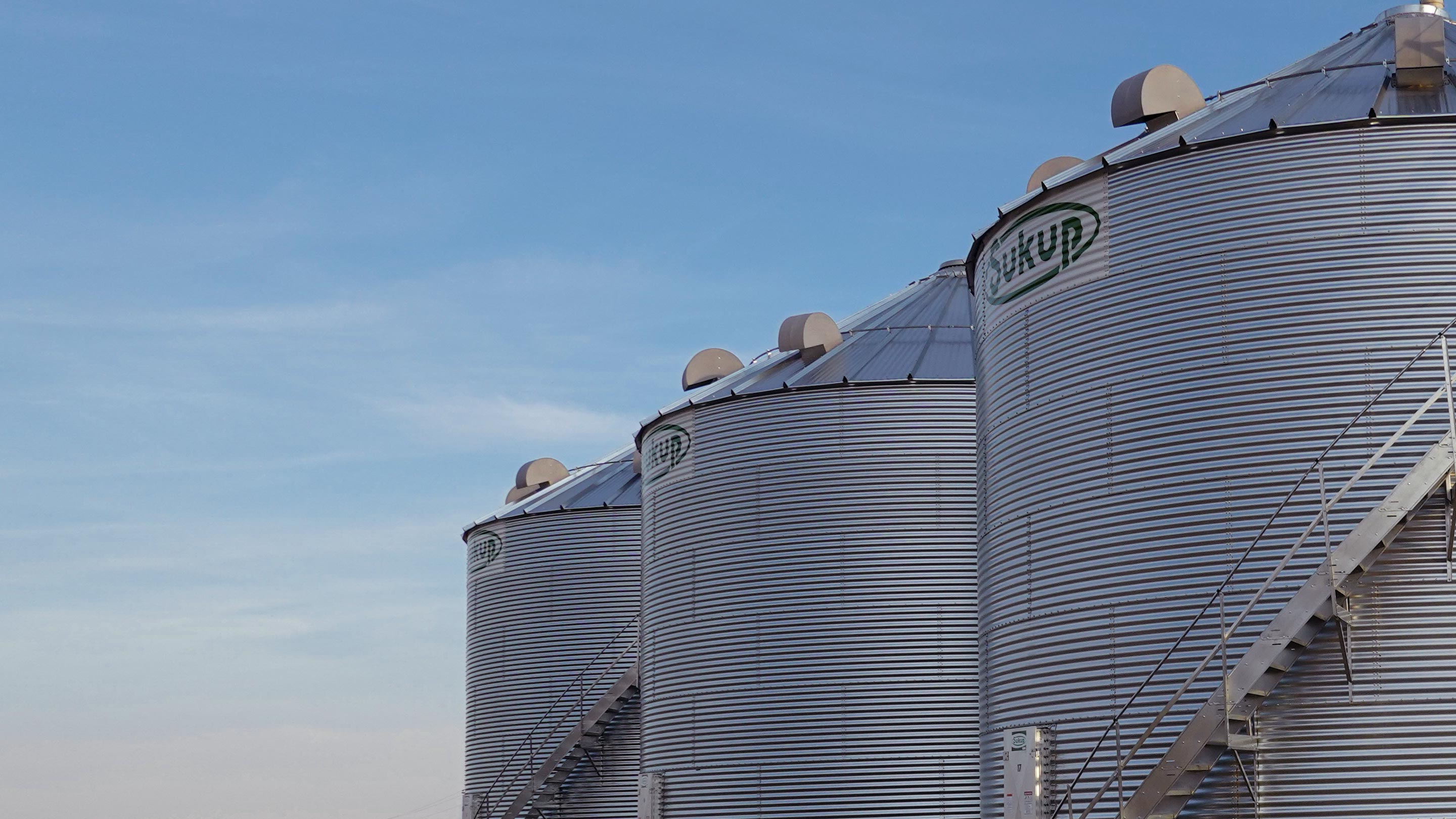Later this year, in Montreal, the 15th Conference of the Parties to the Convention on Biological Diversity (CBD COP15) will gather country representatives to agree on global targets for the protection of nature. This conference will focus on biodiversity with the aim to achieve the same level of commitment that COP21, where the Paris Climate Agreement was signed, achieved on climate change. CBD COP15 focuses on nature as a key lever to mitigate the damaging effects of climate change.
One quote has caught the eye of many because it directly calls out the role that global supply chains can and need to play to ensure the protection of nature: “Parties should clearly take responsibility to ensure that businesses ensure immediately that their supply chains are deforestation and conversion free.”
By their design global, supply chains have long provided incentives for the continued conversion of natural habitats and given their opacity, they have hidden the impacts of these incentives to consumers. At the same time, global supply chains play an important role in food security, having ensured the stability of food supply around the world for decades.
The beauty of globally traded commodities is that they are standardized, enabling tremendous efficiencies in production, trade, and logistics. The downside of globally traded commodities is that any impacts that are not internalized into the commodity’s price (for example the cost to society of cutting down native vegetation and converting it to agricultural land) is not incentivized by the trade. In fact, commodities work as a race to the bottom favoring producing regions with the lowest costs of production. In theory, this means that if areas with high environmental compliance standards have higher costs of production they would be disfavored. However, trade is complex and other variables such as yield, seasonality, logistics and the existence of subsidy schemes and protectionist policies mean that globally traded commodities have multiple origins, only some of which exist in regions where implementation of policies that protect natural habitats remain poor or are limited in scope.
And therein is the problem – how do you distinguish commodities by their origin, which is where most of the environmental impact of commodity production lies?
Despite the preamble, this field note is not about deforestation or the environmental impacts of expanding agricultural production globally. A plethora of blogging (read: here, here and here) has been done to explain the links between deforestation impacts and commodity supply chains. And there are several academic studies on this topic as well (read: here, here and here).
This piece aims to :
1. Unpack why supply chain traceability has been so difficult to achieve despite the many technologies that claim to close the data gaps or reveal the hidden origins and linkages between steps in the supply chain.
2. Describe the collaborative model that is needed to achieve the visibility to origin that is required for companies to make good on their commitments to protect natural habitats around the world.
3. Explain why the location where a commodity is grown, its origin, is one of the major data levers for sustainable supply chains, and why it is also not the only one, looking specifically at greenhouse gas footprints of agricultural commodities.

1. Why is supply chain traceability so complicated?
Requiring supply chain traceability has been a hotly debated since the inception of the first sustainable sourcing programs. The reason for this is simple, to call a commodity “sustainably sourced” you need to know first if the commodity was sustainably farmed and then to ensure that the commodity is actually present in your supply chain by following that commodity as it moves through the chain. There are a plethora of voluntary sustainability standards that define what is a sustainably grown commodity and chain of custody rules that explain how that commodity needs to be handled as it moves through the chain, but neither of these systems necessarily convey information about the origin of the commodity. It is this information which is ultimately needed to determine whether a commodity was produced without harm to nature. This is why having traceability and visibility to origin has been a de facto gold standard for corporate sustainable sourcing programs.
Visibility to origin can be challenging to achieve for companies that do not have vertically integrated raw material supply chains. Despite the complexity and challenges, many CPG companies continue to progress in their commitments, adding to the sustainable sourcing commitments that emerged nearly a decade ago, commitments to regenerative agriculture, no deforestation, and net zero. Identifying the origin of the raw materials is paramount to achieving those goals as well.
Commodities exist to ensure uniformity and substitutability in raw materials. By trading in commodities, suppliers of raw materials can ensure a consistent supply, swapping corn from Illinois for corn from Argentina as needed depending on the season, harvest, or simply the arbitrage gained in changing one origin over another. This enables factories to run efficiently year-round, people to have steady employment, and the consistent availability of food products on supermarket shelves available to consumers all over the world. By and large, these are all good things given that we live in a world where a minority of people are in the business of agricultural production and food self-sufficiency is no longer an option for the vast majority of people.
If the fundamental fungibility of raw materials was not enough to make it difficult to trace commodities (after all, grain corn looks the same the world over), one needs to add on top of it the fact that many major commodities supply chains are commingled. Take palm oil, for example. There exist differences in the likelihood of the palm oil being grown on land that was recently deforested, and these differences depend on the sourcing region of the palm fruit, which spans plantations and smallholdings covering the tropical belt from Southeast Asia through Africa to South America. But as the raw material moves through the supply chain and as it is transformed into a refined product, the amount of commingling increases. By the time the ingredients that were originally derived from an oil palm fruit reach an oleochemical plant, they would contain material from many hundreds, possibly thousands (depending on the granularity and scale) of different origins. This aggregation brings a tremendous cost optimization, but it does not allow other variables to be easily optimized alongside it.
From the lens of the food manufacturer looking back into the supply chain, the number of suppliers, sub suppliers, traders, and farmers to work with and influence is vast and covers breathtakingly large expanses of land. One would not be at fault to conclude that to fix the nature protection problem in commodity supply chains, one needs to address the problem at scale, all over the world, at the same time. The scale and complexity of this problem is such that companies like Unilever and Nestle, fierce competitors for the consumer’s hard earned dollar, announce that, when it comes to reaching no deforestation in their supply chains a global collaborative effort is needed.
Though the problem, as described, seems insurmountable, it can be broken down further so that each supply chain can tackle the question within its sphere of influence. But to do so requires data and because of the commingled nature of many supply chains, one could argue that no one individual actor has the incentive to pay for setting up the information chain needed to ensure that information on where a commodity originates reaches the end point of the supply chain. After all, if any one CPG company were to invest in setting up traceability at a large scale from the very end of the supply chain to the beginning, any other company could potentially free ride on the investment made by leveraging the data infrastructure to capture information about their supply and origins.
With all the challenges and barriers to traceability it may seem like a fool’s errand. However, achieving visibility of a commodity’s origins could not be more important, given the goal of the Paris Climate agreement to limit global warming to 1.5°C, and the new commitments being made to achieve Net Zero. These new requirements, coupled with advances in technology, create the impetus needed to overcome the barriers and innovate on how to move information on origin through a supply chain.

2. What would be a better, more workable model, in practice?
It makes sense for traceability to be set up by a coalition of willing partners all interested in the same data from the same, linked commodity supply chains. This is why the Financial Times article calls out the need to engage stakeholders across government, civil society, and business as a critical step to solving the traceability challenge and breaking the link between global supply chains and expansion of agricultural land into natural environments. If a group of companies can agree what information they want to be able to trace, from origin to offtake, then one can set up systems that are owned & managed by a multi-stakeholder collective, that enables this information to flow and to do so at a marginal cost. This type of shared value system is exemplified by Covantis, which enables a group of commodity traders representing more than 50% of global commodity trade, to execute on their trading activities more efficiently by leveraging blockchain. Given the shared goals of the collective and the initial shared ownership model, it seems possible to operate this system at cost, with no one company having an incentive to profit from their use of the system.
In addition, companies are innovating on how information from the field is captured and then moved through the supply chain. As one example, Soiltech has built sensors that capture information about field production conditions, and which can more easily transfer the data they capture to the next step in the value chain. Soiltech’s sensors are laid out in the field along with the crop and during the growing season they capture and record field condition data. Then at harvest, they are gathered alongside the crop and travel with the crop to deliver that data to the next step in the supply chain, where the crop is readied for the consumer or where it gets processed and turned into a new ingredient or food. Innovations that enable data to easily move off farm and travel with the crop, overcome one of the first barriers to ensuring traceability to origin, which is capturing data from the field and moving that data to the next step in the chain.
Orbital Insight has used geo location data to identify linkages between steps in a supply chain. The company analyzes geolocation data, such as GPS data which can be captured with a mobile phone, to monitor movement into and out of locations of interest. By analyzing the pattern of these movements it can uncover the upstream linkages in a supply chain. If the location of interest is, for example, a processing plant which is nearby a protected area, this type of analysis can identify whether the supply that is coming into the plant is likely to have originated in the protected area. By identifying the most likely areas of sourcing, these can then be monitored for deforestation risk or systems that track the physical movement of goods could be developed to monitor specific areas in a supply chain.
And if coming together willingly were not enough to drive change in the degree to which companies collaborate around data, it is worth keeping an eye on the EU, US and UK emerging global supply chain due diligence requirements. These requirements will put pressure to create aligned asks on what information is required, which would then create a path to invest in collectively owned technology to enable information to flow from origin to offtake. Without harmonization and collaboration, the costs to meet the due diligence requirements would be astronomical. End users would face a difficult choice: either set up full-chain traceability for their global agricultural commodities or reshape supply chains to rely on a much narrower set of origins with greater degree of integration, to side-step the data collection challenge. From a risk and inclusion standpoint such moves may not always be desired, as producers in less favored sourcing regions could lose access to markets. At the same time this move could create fragile supply chains by restricting origins. Rather than lifting the floor, this strategy would shut the door on farmers in producing regions with poor governance around the management of natural areas. Collaboration and new data management systems are needed to ensure that this does not happen.

3. If we could achieve collaboration around traceability, what data would we want to pass on through the supply chain?
This will be a bold, declarative statement. The most important data to pass on through an agricultural commodity supply chain is the origin of the materials, defined as either the farm gate or the first point of aggregation. Which of these two options would be chosen to represent the origin of the material very much depends on the type of supply chain. In professionalized farming operations, the farm gate may represent a significant volume of supply and thus a collection of fields within a farm could be considered an origin. But in broadly commingled supply chains or in smallholder farming systems that are subscale, the first point of aggregation acts as a natural proxy for supply chain origin.
By knowing the origins that are in one’s supply chain, one could then assess a series of environmental risks that relate to the origin, such as the risk of deforestation or natural habitat conversion, which in turn could inform sourcing and farmer engagement strategies in the upstream supply chain.
Knowing the origin will also enable better greenhouse gas reporting in supply chains, though in this context it is not the only data point to be considered. In fact, there are innovations that traceability systems could bring to supply chain greenhouse gas (GHG) reporting. As defined in the Greenhouse Gas Protocol, the leading standard for corporate and firm level greenhouse gas reporting, voluntary greenhouse gas reporting for companies requires reporting on a company’s Scope 1 and 2 emissions, meaning the energy and primary emissions generated in the company’s operations and facilities, as well as a company’s Scope 3 emissions, which are the upstream and downstream value chain emissions. At present it is extremely challenging to collect primary data about a company’s Scope 3 GHG emissions as this requires capturing data from a company’s value chain. As such, when reported, Scope 3 emissions are often modeled rather than calculated starting from primary data. This makes it difficult for a company to reward its suppliers and its upstream value chain for lowering its greenhouse gas footprint as the actual reduction in emissions are difficult to track.
A recent article by Robert Kaplan and Karthik Ramanna makes a compelling argument that a company’s Scope 3 emissions are nothing more than the Scope 1 emissions of every preceding step in the value chain. The article describes how the GHG footprint of a car door, which would include the GHG footprint of each component of the car door, could be constructed by summing the Scope 1 emissions generated for each component at each step in its manufacturing. The authors propose that including a GHG value along with the transaction data that is passed forward through each step of the supply chain could provide the data needed to calculate a greenhouse gas footprint of a product using data from primary sources.
For food products much of the GHG emissions originate in the raw materials. This means that much of the variance in the company’s GHG footprint comes from the variance in the GHG footprint of the underlying crop. A significant source of variation in the GHG footprint of a commodity comes from the location where the crop is grown and from the technical efficiency of the producer. These two components show up in a crop GHG footprint in nearly equal proportions. Information about the origin gives clues about the GHG emissions tied to soil and climate conditions. The farm level data, such as the crop yield, the quantity of diesel and electricity used, the amount of fertilizers and crop protection products applied, and the transportation distance to point of sale, provides the remaining data to complete a full accounting of Scope 1, 2 and 3 emissions for a crop. While soil, climate data and certain crop variables can be captured via earth observation, farmer-crop-specific data are found in the management records of the farmer and not observable from satellite images. In addition, the GHG footprint of a crop is highly responsive to the data that are tied to the technical efficiency of production and therefore this data is extremely useful in evidencing differences in performance between farmers, crops, and regions.
The number of companies that are reliant on agricultural supply chains that have committed to Net Zero continues to grow. GHG emissions data are essential to tracking a company’s progress toward Net Zero. From the perspective of a food manufacturer that has committed to Net Zero, creating a full accounting of the company’s actual GHG footprint from primary data is similar to tracking deforestation impacts in a supply chain, as both require information about a raw materials’ origin.
With good data on origins plus data on the technical efficiency of production, one can construct a GHG footprint of a crop, and via the mechanism for supply chain data exchange that have been created to fulfill no deforestation commitments, pass this information through the supply chain from origin to offtake. Following the thinking of Kaplan and Ramanna, the data on that footprint could travel with the crop’s transaction records, aggregated at each step in the value chain up until the final manufacturing step. Companies like Greentoken, which link agricultural commodity origin data to financial transaction records, using a distributed ledger, could streamline the transfer of this information along a value chain.
Ultimately, as the CEOs of Unilever and Nestle say, there is no achieving Net Zero without ending deforestation. And there may be no accounting for either of these impacts without coordinated data flow in global supply chains.

